Are you sure that the fruits, vegetables, and grains that you are eating are safe and good for you? Chances are, it’s not. Sadly, that is the consequence of commercial farming, which is virtually the only way to feed millions of people. You see, farmers use synthetic chemicals to improve the yield of their crops and pesticides to protect their produce from the ravages of pests. While these substances can surely help in improving the volume of harvested crops, they also find their way into our bodies through the food we eat. They can wreck untold havoc in our systems without us knowing it!
Natural and organic farming—farming that is done through the ancient times before agricultural chemicals were introduced—is the ideal solution in order to produce safe and nutritious crops. However, like many other things that are traditional, it is becoming a lost trade because it is time-consuming, labor-intensive, low-yield, and expensive. It is then good to know that pockets of organic farms like the Cebu Southern Ecological Farm in Naga, Cebu still engages in this practice. We were lucky to have been invited to tour this amazing farm during our Outpax-powered HealthCamp.
Under the cool shade of a large mango tree, we began our HealthTalk, one of the things in the agenda of HealthCamps. It was pretty cool stuff; we never experienced having class in an outdoor classroom before. The fact that we were in a farm that is the subject of the discussion itself helps us internalize and understand the information better than in any indoor classroom.
This is Engineer Gloria Pocot, the director of the Cebu Southern Ecological Farm (CSEF). She was once a certified chemical engineer until she realized that the unnatural way and application of agricultural chemicals used in commercial farming is doing more harm than good. She abandoned her chemical engineering career and adopted hands-on organic farming.
These are just some of the produce from her farm. Check out those healthy papayas, eggplants, bananas, and more.
Fruit and vegetable juices ferment naturally. These are samples of various organic juices in the process of natural fermentation. After some time, they become wine or vinegar derived from fruits or vegetables. They can also be made to fertilize crops.
Check out the bottle labeled molasses. Molasses is a byproduct of the production of the refining of sugarcane into various forms of sugar. In this organic farm, molasses is used to enrich nutrients and improve the quality of compost.
Compost is an important ingredient in organic farming. It is made of leaves, branches, and other organic matter that has naturally decomposed for a period of weeks or months. Compost is used as an effective fertilizer and a catalyst for positive soil amendment.
These are naturally produced fertilizers and cattle feed. No synthetic chemicals are used in their production.
This viscous concoction of kalamansi and cucumber makes an effective, cool, and all-natural hand lotion. It smells really good too!
Let’s check out the CSEF. Eng’r. Pocot privately acquired the parcel of cornland in 1993 and has developed it into a fully functional eco-farm. She passed her training in organic farming to the locals in the area who often volunteer to maintain the place. Ma’am Gloria teaches farmers the proper, safe, and eco-friendly way to grow crops.
Don’t be fooled by the diminutive size of these green and red peppers. Called sili in the local dialect, they are among the hottest peppers on the planet! One or two silis squished in toyo (a simple all-around dipping sauce made of vinegar, soy sauce, garlic, and onions) can bring a delightfully burning sensation to the palate to any food item dipped in it.
We never knew that moringa trees (locally known as kamunggay or malunggay) could grow this tall. In fact, these trees are as tall as two-storey houses!
Moringa leaves are used as main ingredients for chicken tinola and utan bisaya (vegetable soup). They are packed with vitamins and minerals.
The fertile soil allows these beautiful spring onions to grow fat and healthy.
You might wonder why there are so many kinds of crops in the CSEF. Why not simply grow one kind of crop? According to Ma’am Gloria, instituting a diversified cropping system is more advantageous because each kind of crop works to compliment another.
Large, thick-canopied trees like these form the perimeter of the farm. They have been there for years, and Ma’am Gloria did not cut them unlike in other farms where they are removed to make way for arable land. The trees, as explained by Ma’am Gloria, serves as a buffer for winds, pollutants, and sea salt that can harm more delicate crops.
Below the trees are dead leaves which are used to fertilize the soil or to make compost. They aren’t incinerated, which is opposite of what Filipino households usually do (i.e., they burn dry leaves along with other garbage).
At the other end of the farm is this large, sheltered compost pit, which is divided into several sections.
Ma’am Gloria showed us the right way to create compost. Dried leaves and non-toxic organic waste are placed in a pit and layered with humus, or garden soil. Then, it is watered and, in case of the CSEF, mixed with molasses. Other similar farms incorporate earthworms with the mixture to help decompose the organic matter.
In a matter of weeks or months, the stuff is transformed into a rich, nutrient-filled soil-like substance which is known as compost. Properly processed compost smells really good—the smell of air after a refreshing rain mixed with the scent of citrus fruits.
Right at the entrance of the farm is this cool and shady playground where local kids can have an afternoon full of fun.
After the one-and-a-half-hour farm tour and HealthTalk, Ma’am Gloria served us some cold and very refreshing kalamansi-cucumber tea before we departed for Tuble Marine Sanctuary.
Organic farming is expensive, timely, and labor-intensive. Thus, without new technologies to enhance this method of farming, it is not practical for large-scale trade and distribution.
However, it is definitely an eco-friendly way to grow the crops that you want in your own backyard or if you want to engage in a small-scale or niche farming business. Because you are growing your crops in an organic and natural way, you are assured that the meals you eat are safe, pure, high-quality, and not sprayed with pesticides and synthetic chemicals.
Far too long, we have been eating junk food and so-called organic ingredients that are actually treated with chemicals. Needless to say, these are harmful to our health. Cebu Southern Ecological Farm opened our eyes to a healthy, clean way to produce ingredients for our meals served on our daily table.
Thank you very much, Eng’r. Gloria Pocot, for showing us that Mother Nature’s way is still the best.
This event is powered and organized by Outpax.
For more information about the Cebu Southern Ecological Farm and to book a tour, call Eng’r. Gloria Pocot at 0999-9745478.
For more information and details on Outpax HealthCamps, get in touch with Eric Tuñacao (OutPax) at 0922-7721552. You can also send him a personal message on Facebook.

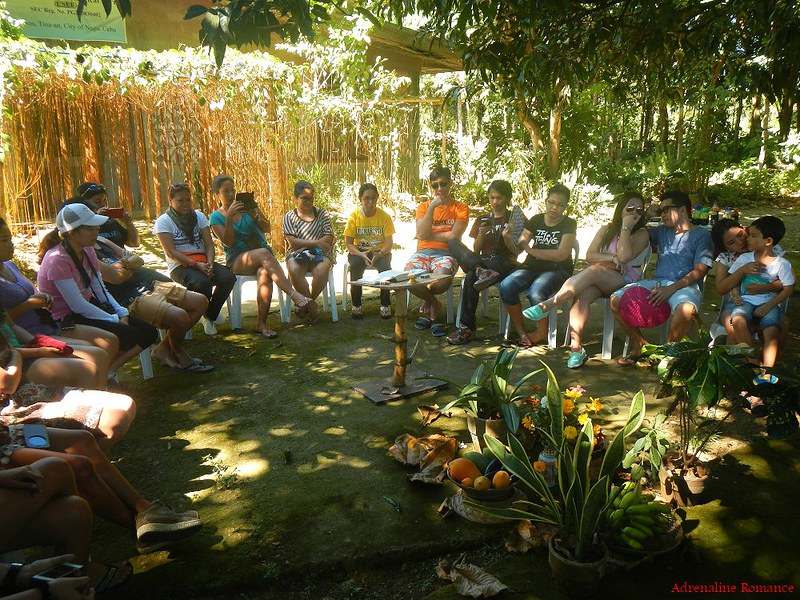



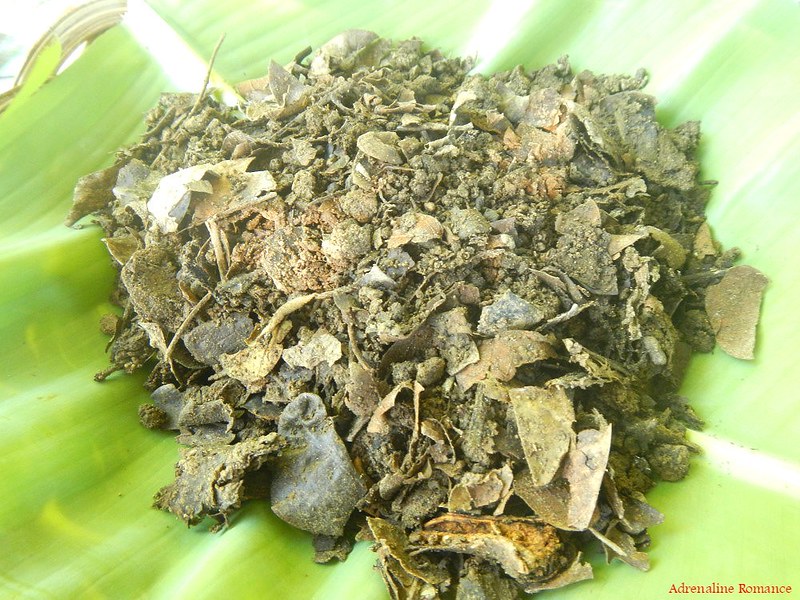
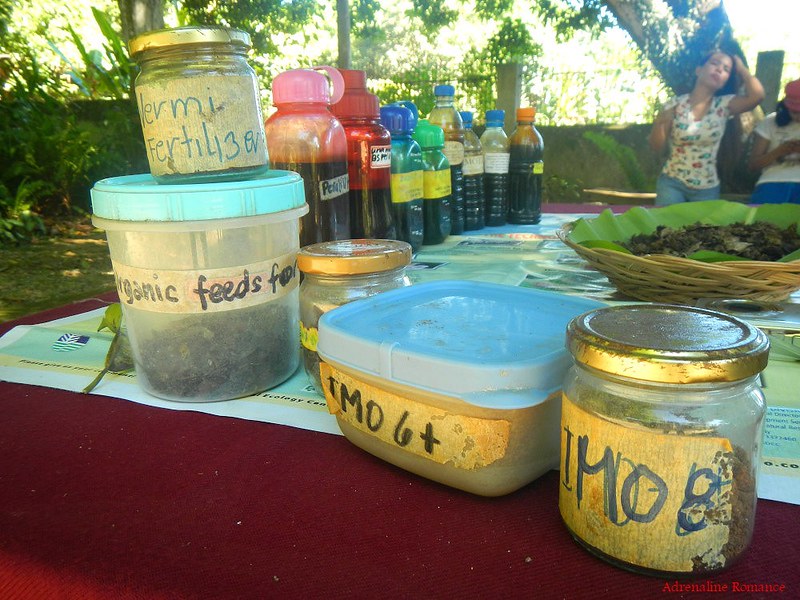
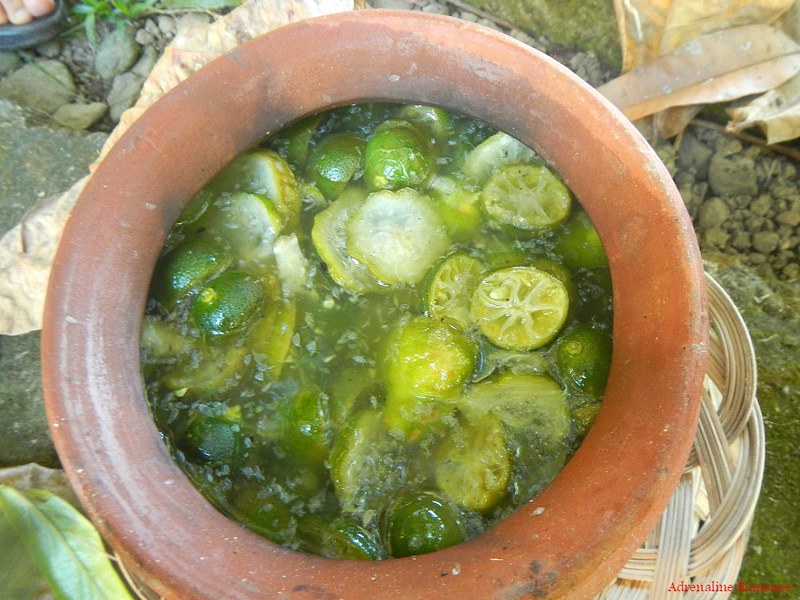
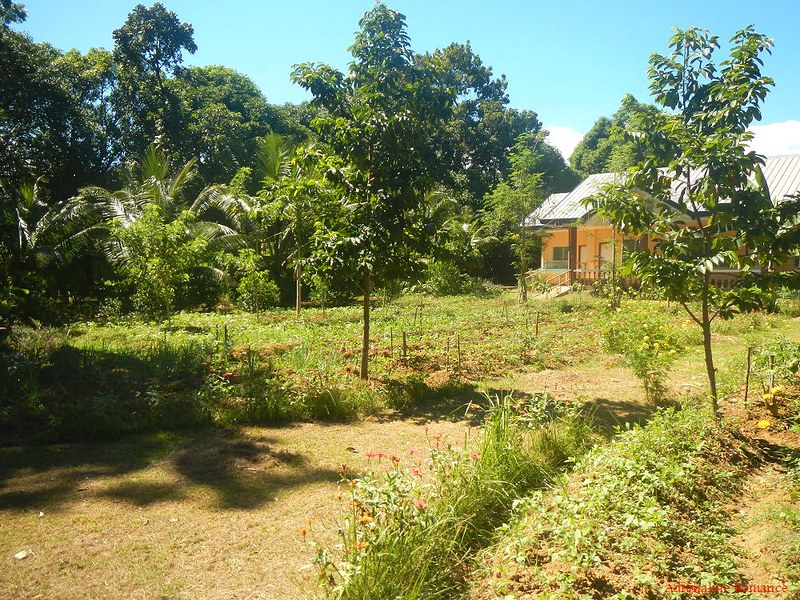
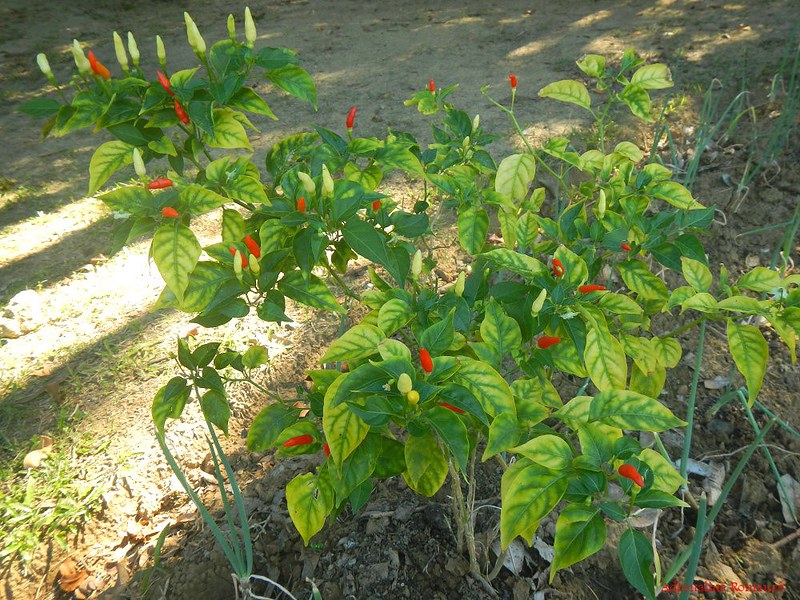
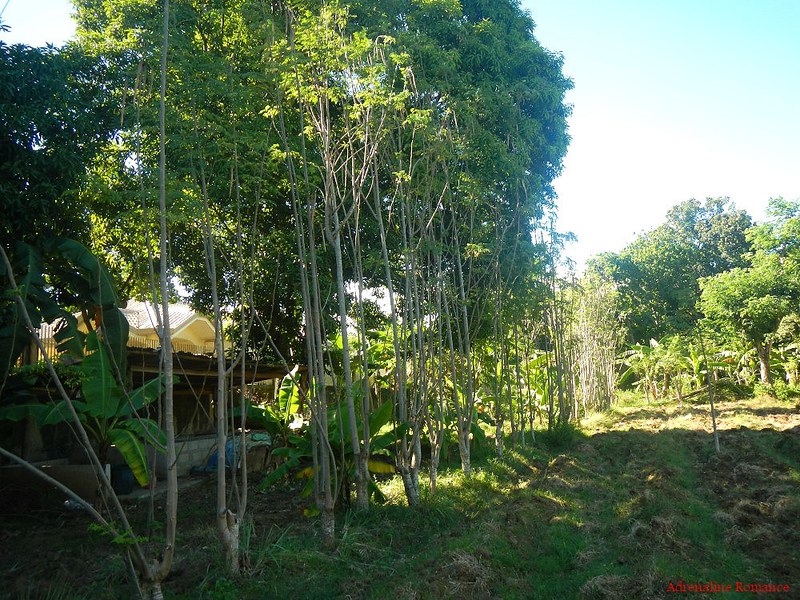
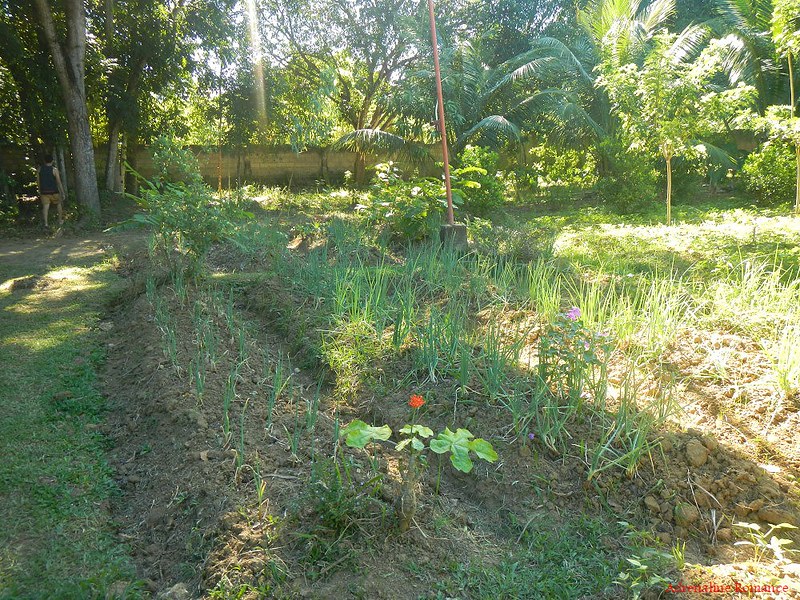

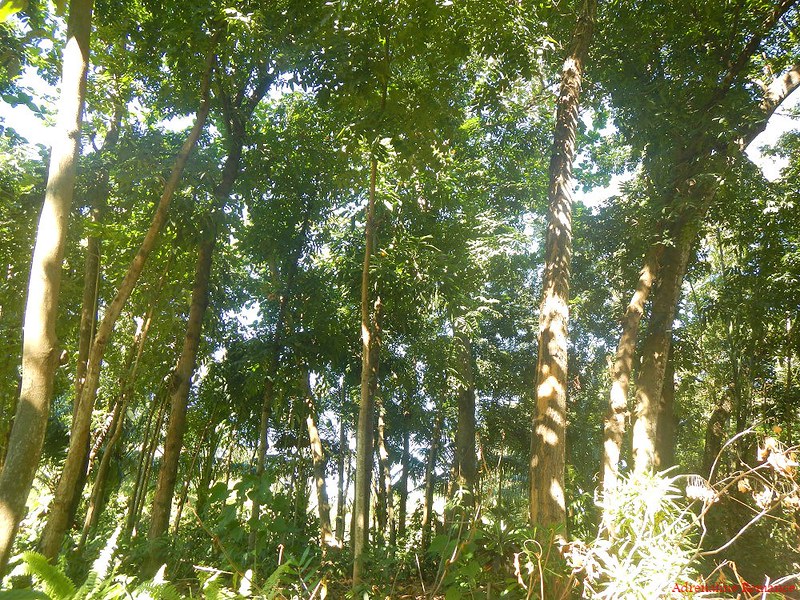
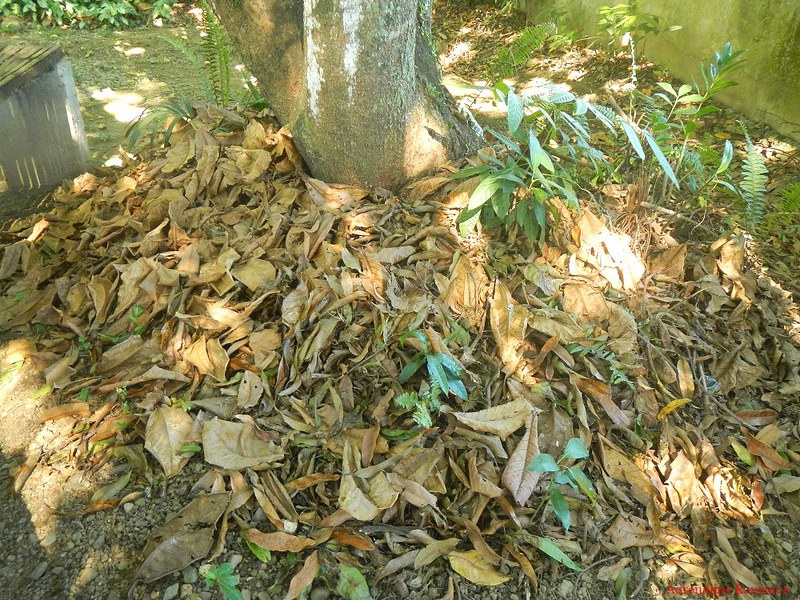
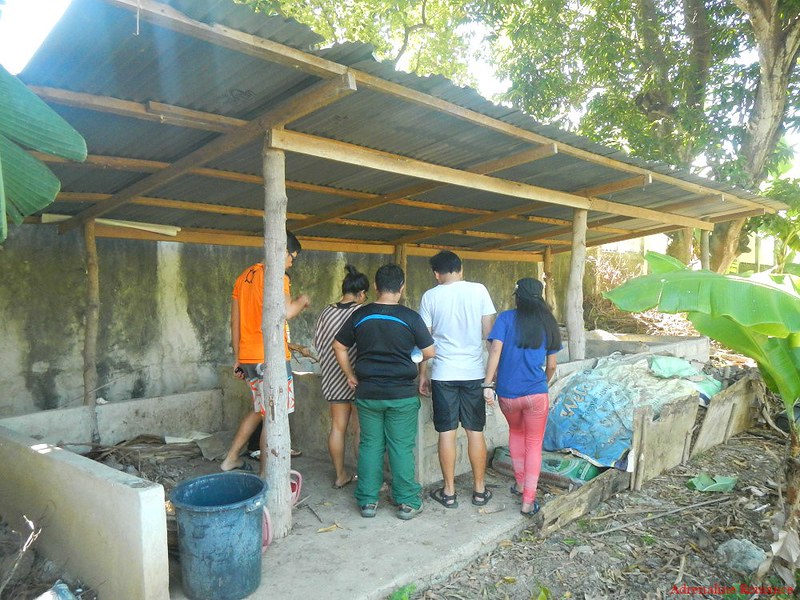
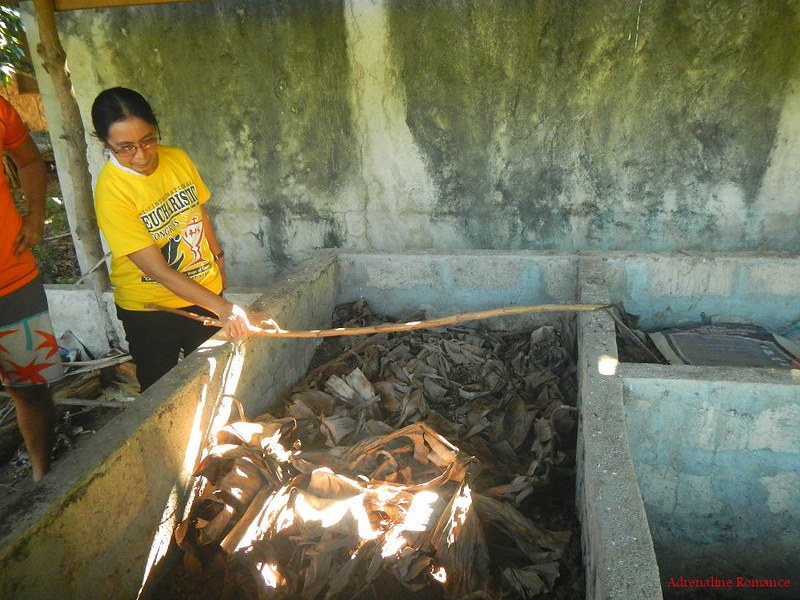
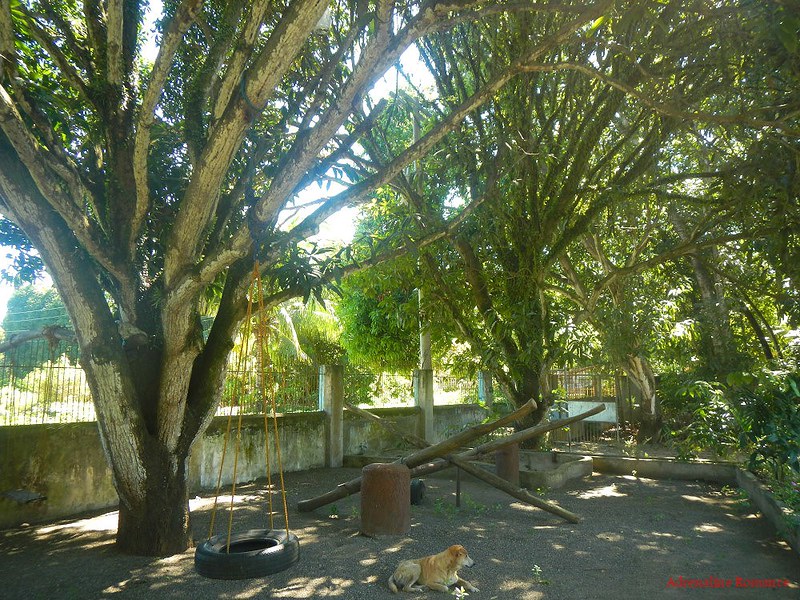
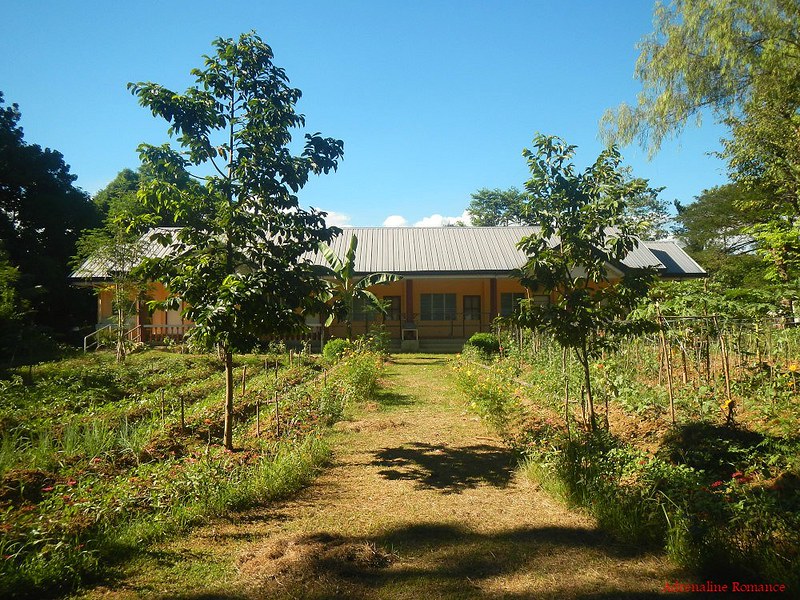
Thank you for sharing. Didn’t know that molasses is used to enrich compost 😳
We were waiting for our bus ride at the side of Tan-awan elementary Oslob when students were burning the leaves and branches swept like part of their morning activities (me guilty during my younger years). I am beginning to think that we are the only country that continues this practice, when in others, they collect the leaves and encircle them around the trees. Any ideas on this and if we can introduce such practice? To me this helps the trees and saves our air from further CO2. The down side I can think of is accidental and unattended burning of the leaves 🍂🌳🍂
Hi Maria,
Thank you for the nice comment. About the molasses, we didn’t know that either! We thought that adding earthworms was the only way to enrich compost. It was really a revelation when Ma’am Gloria explained how.
We’re not really sure if we’re the only country doing the practice of incinerating dry leaves. But we have observed that burning of dry leaves is now virtually obsolete in the city. We’re not sure though if this is still prevalent in rural areas.
We believe that a massive information drive on environment-friendly practices is the best way to make people be aware of their responsibility and stewardship of the environment. A tour around this eco-farm can surely help in that endeavor.
[…] Are you sure that the fruits, vegetables, and grains that you are eating are safe and good for you? Chances are, it's not. Sadly, that is the consequence of commercial farming, which is virtually the only way to feed millions of people. You see, farmers use synthetic chemicals to improve the yield of their crops… […]
Congrats gian and sheila! Been wanting for the longest time to suggest that you try agritourism too. I’m glad you did. Negros has a booming agritourism industry. If in the future you’d want to tour negros, do tell me. I’d love to tag along, if you wouldn’t mind.
Hi May,
The tour around the eco-farm was really mind-blowing and educational. Let’s just say, it woke a certain thing in us. 🙂
Yes, we are definitely open to tour farms, plantations, and other agri-tourism destinations in Negros. We’ll make a plan to do that. 🙂
[…] Source: Cebu Southern Ecological Farm: A Glimpse of Sustainable Organic Farming | Adrenaline Romance […]
Hello,
May I know Where is the location of the Farm?..Thank you so much.
Hi Loryfell,
Thank you for getting in touch with us. The Cebu Southern Ecological Farm is located in Naga, Cebu. It’s not along the highway; you need to go through some backroads.
We suggest getting in touch with Eng’r. Gloria Pocot, the farm’s administrator, to help you reach the place. Her number and contact details are in the blog post.
Hope this helps. Thanks! 🙂